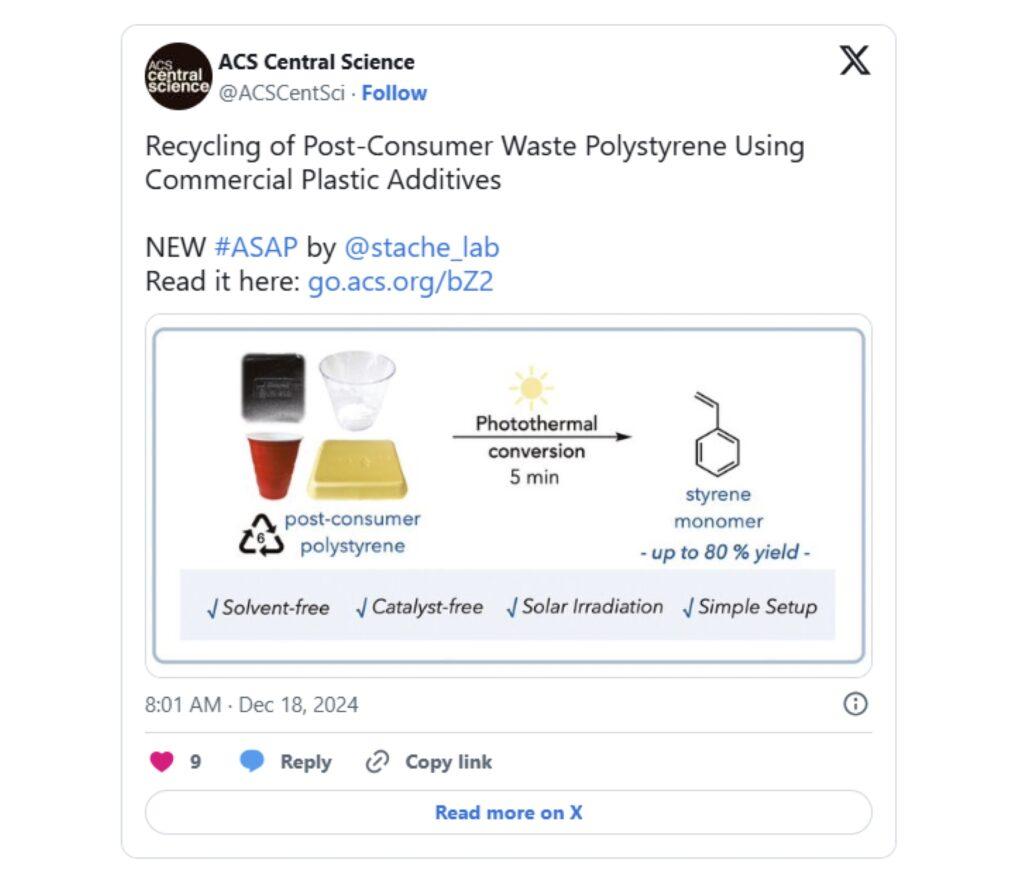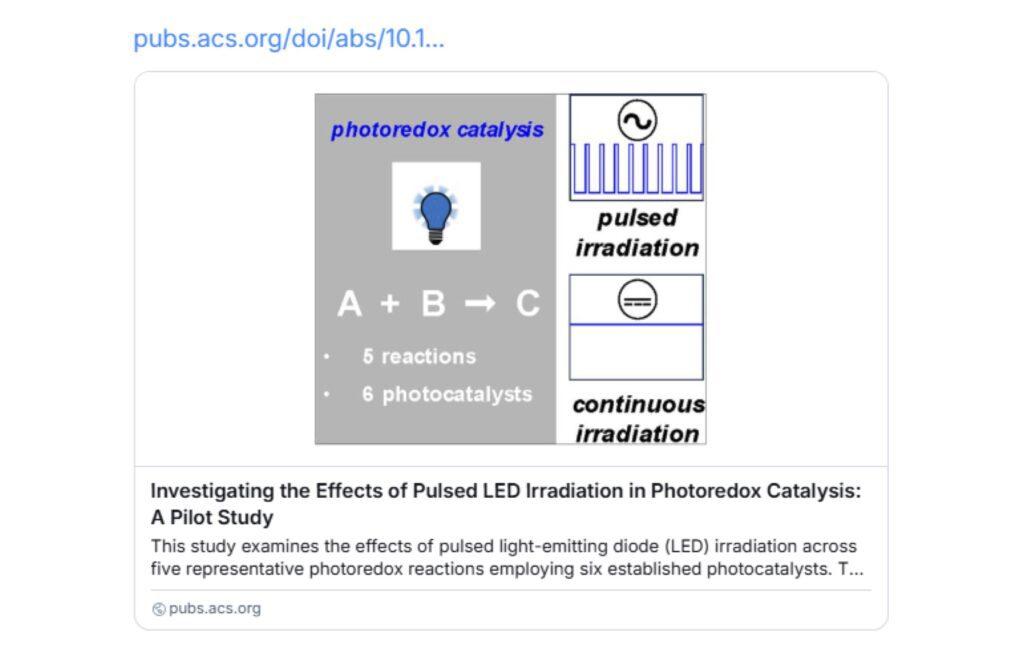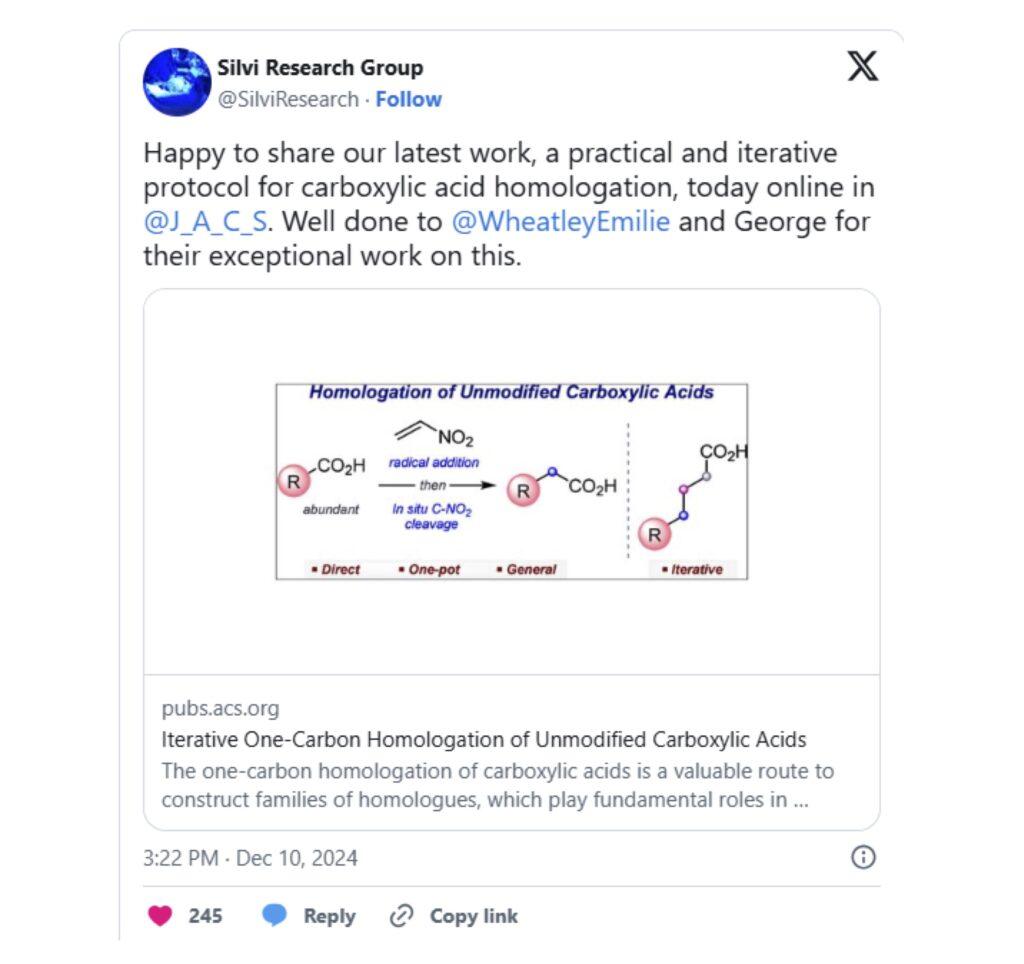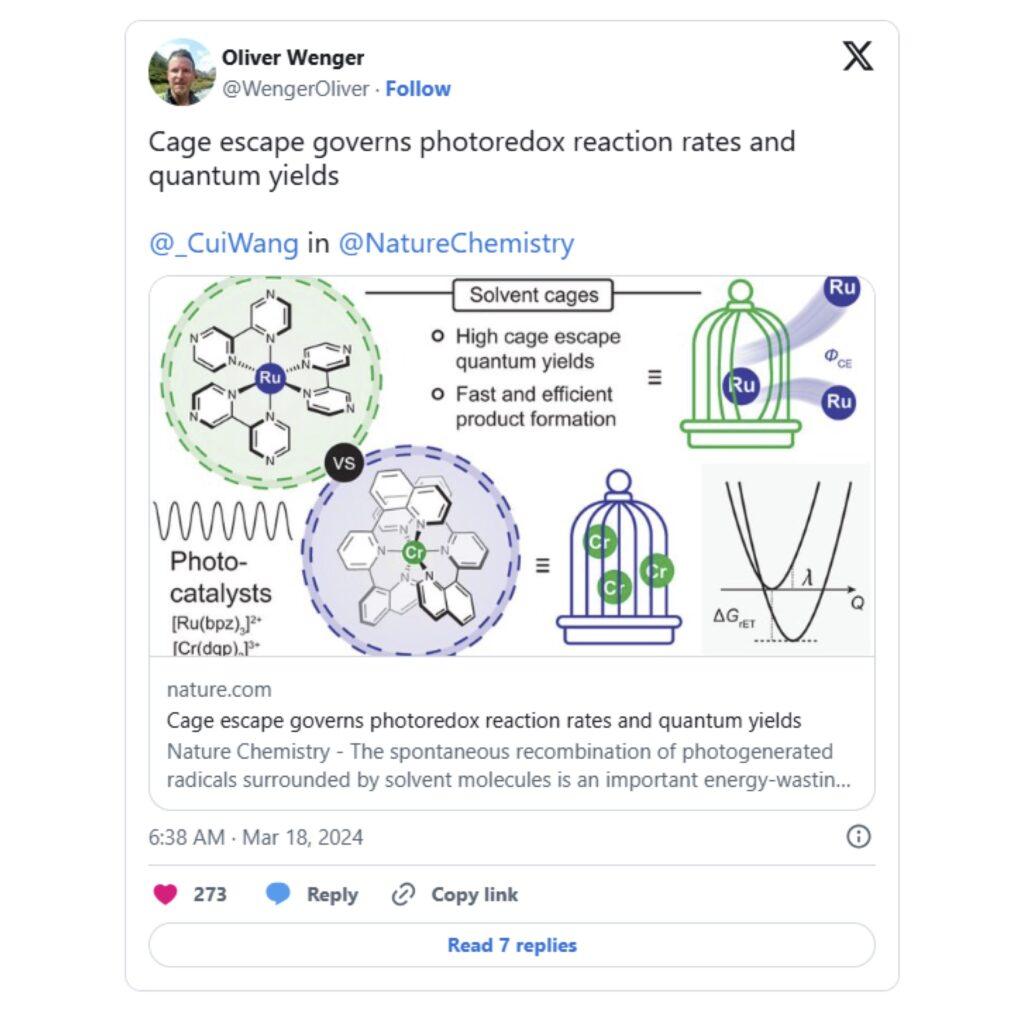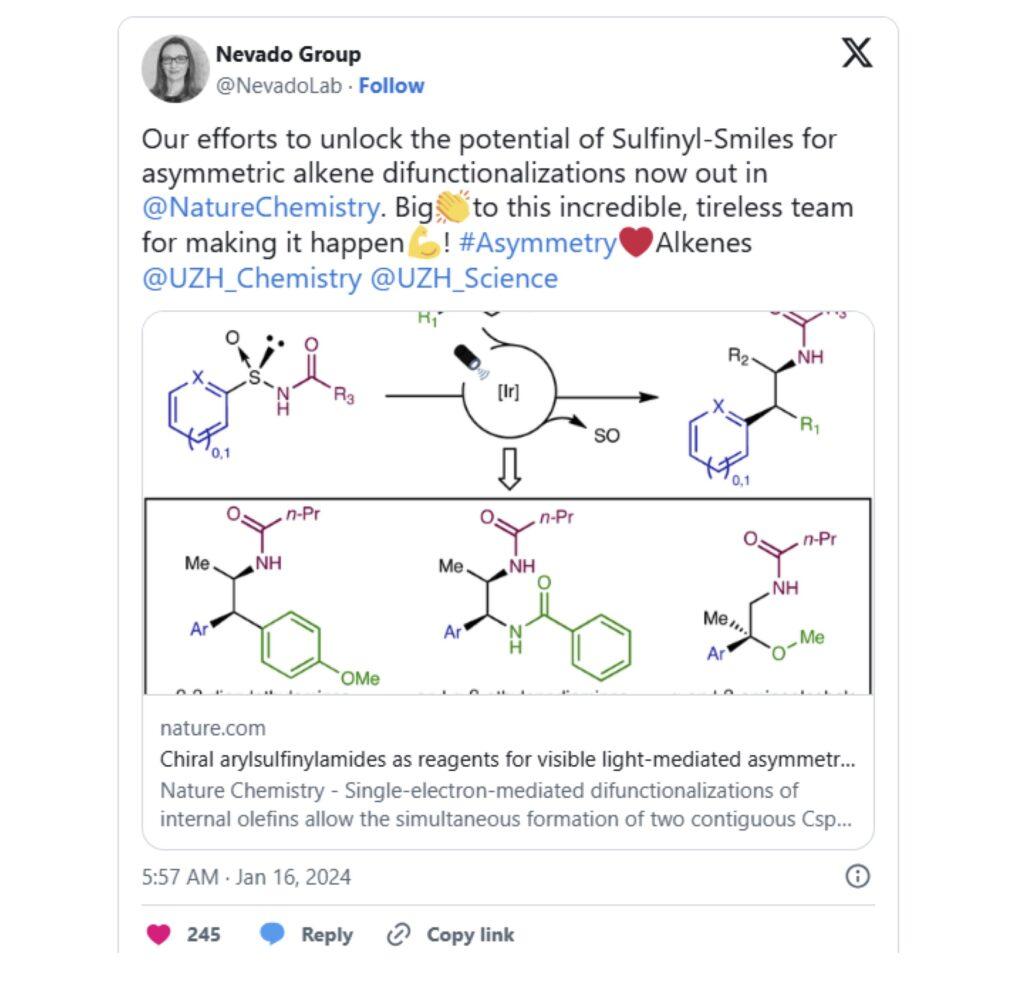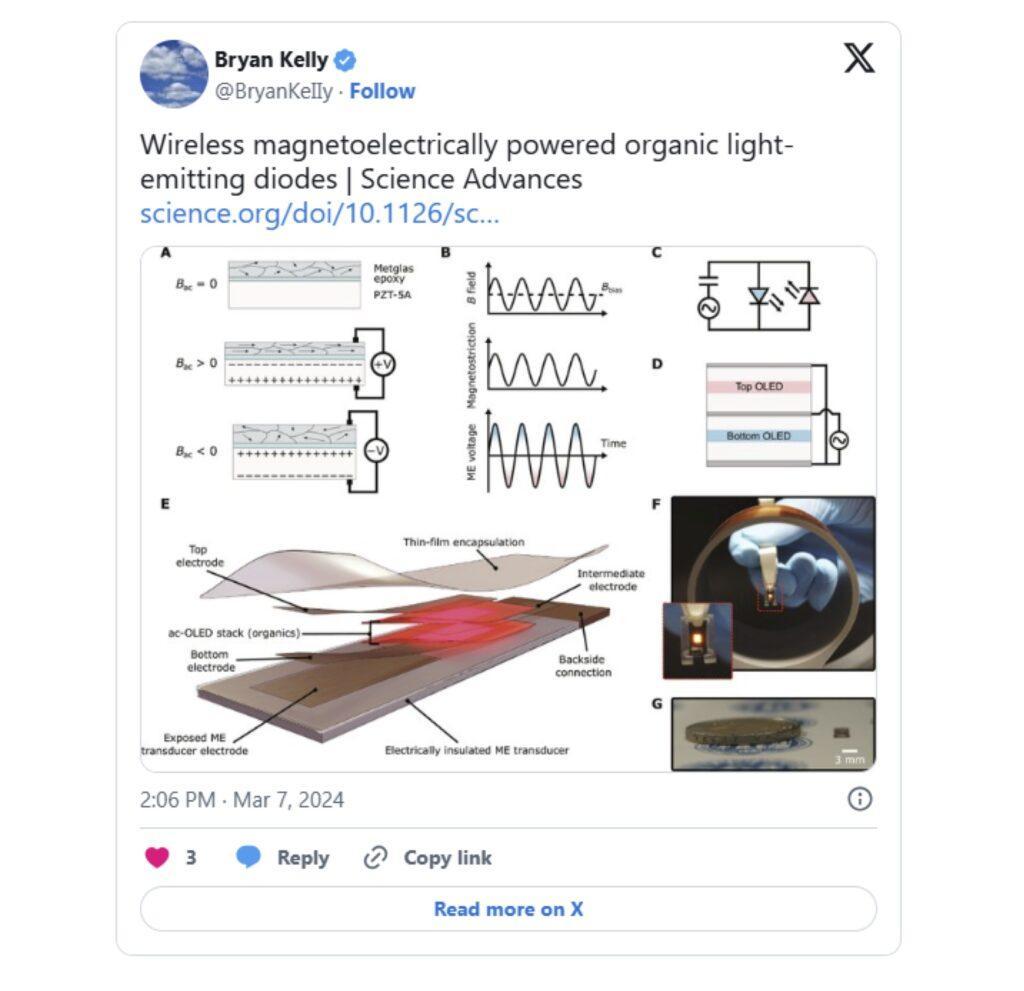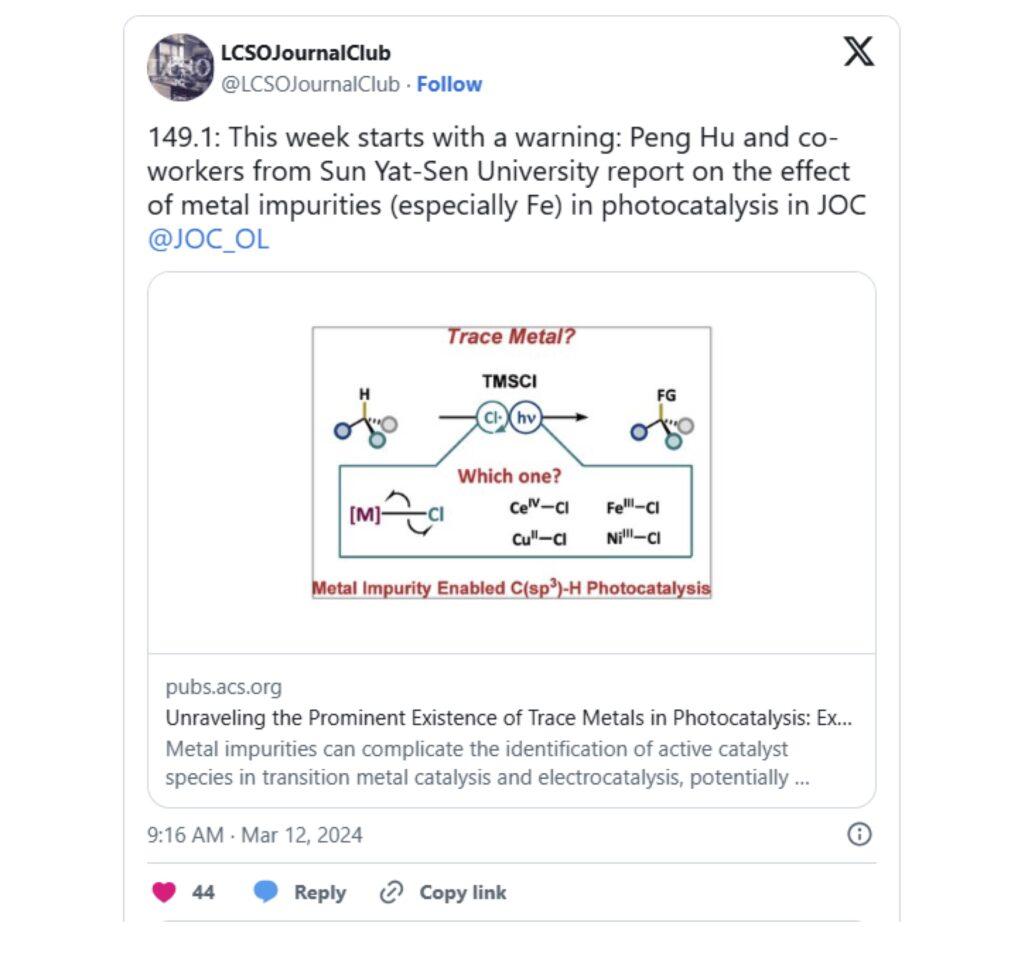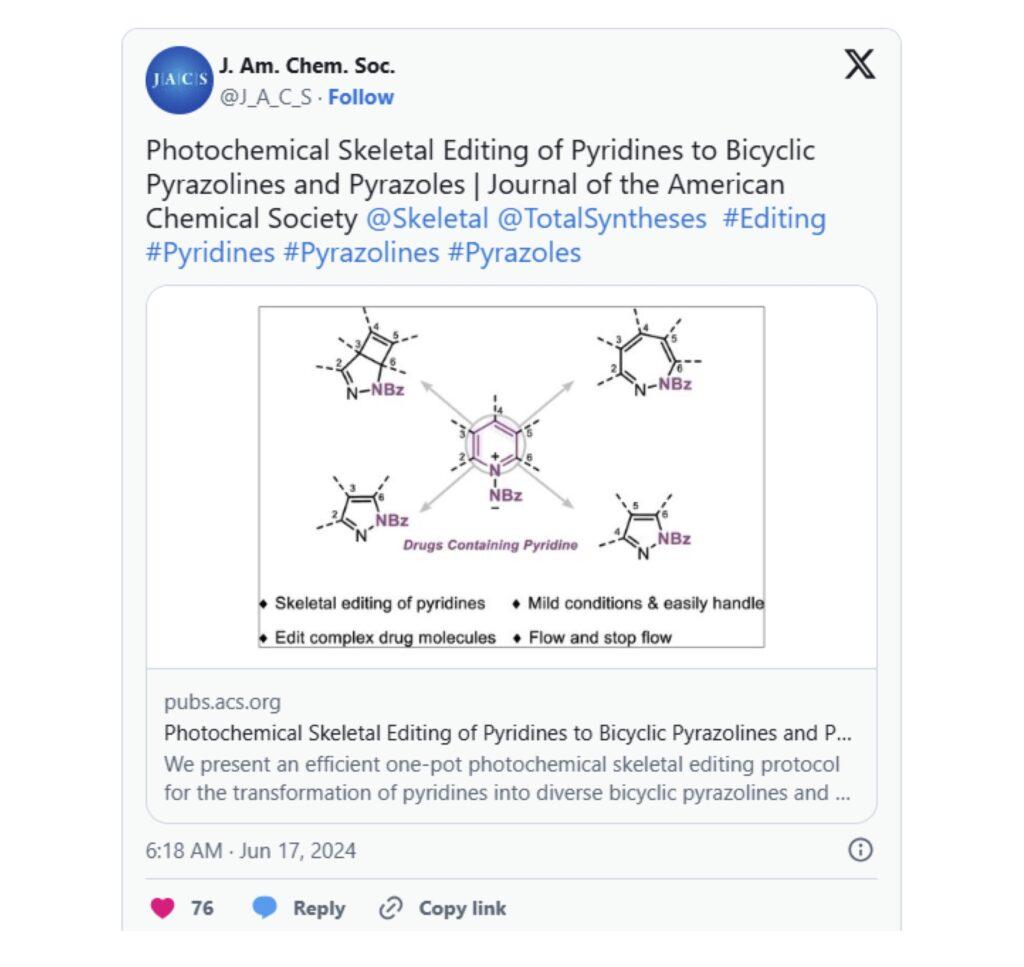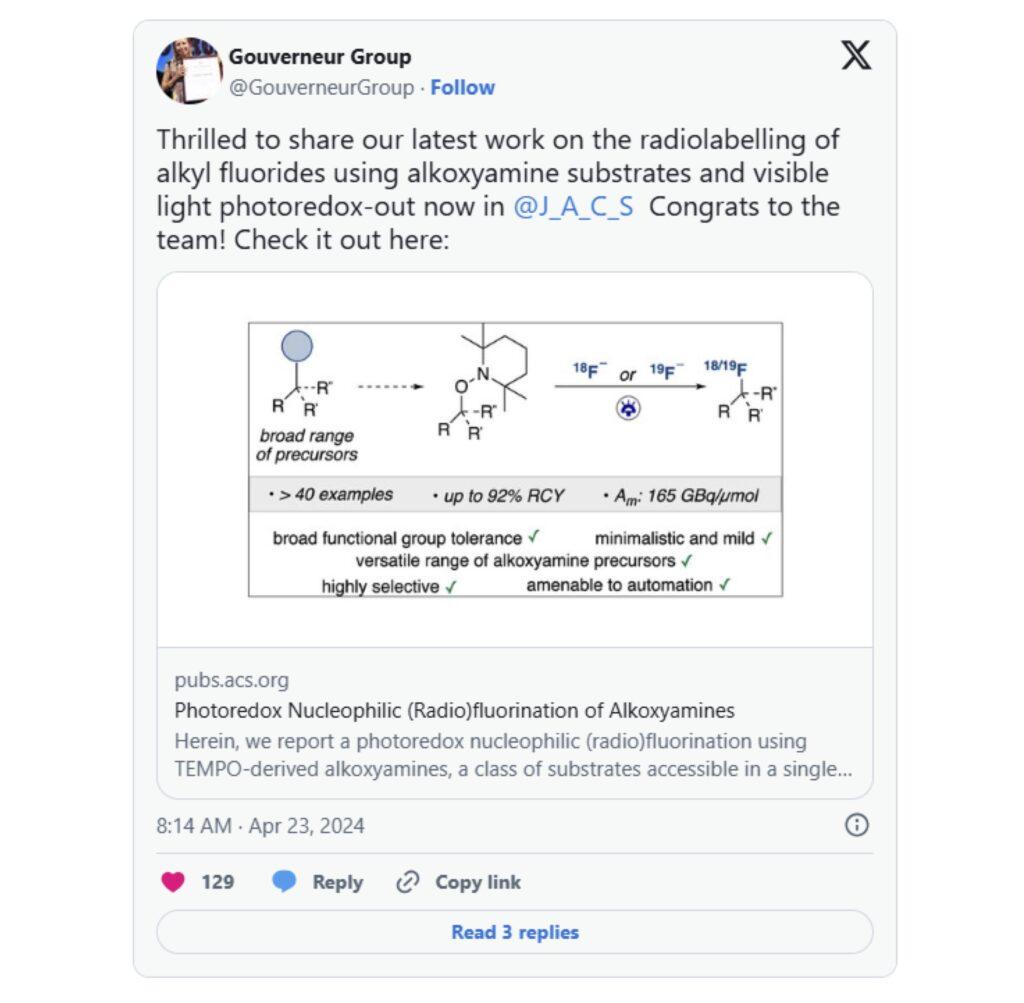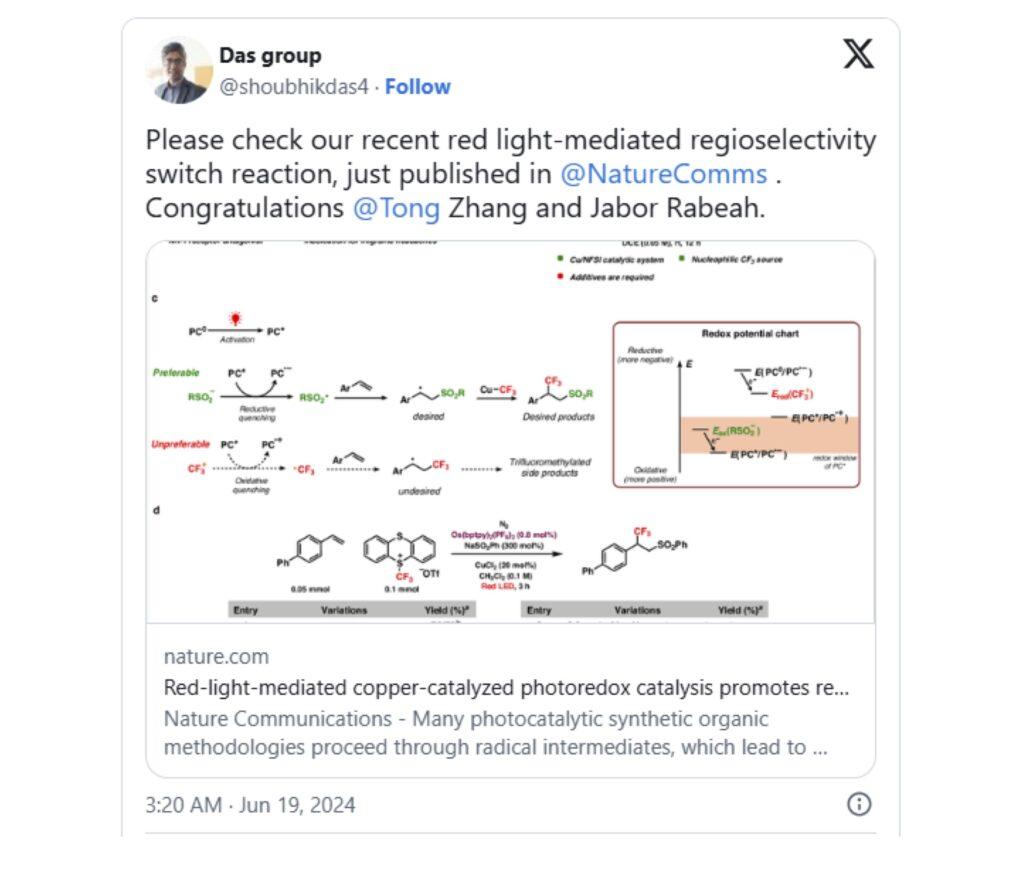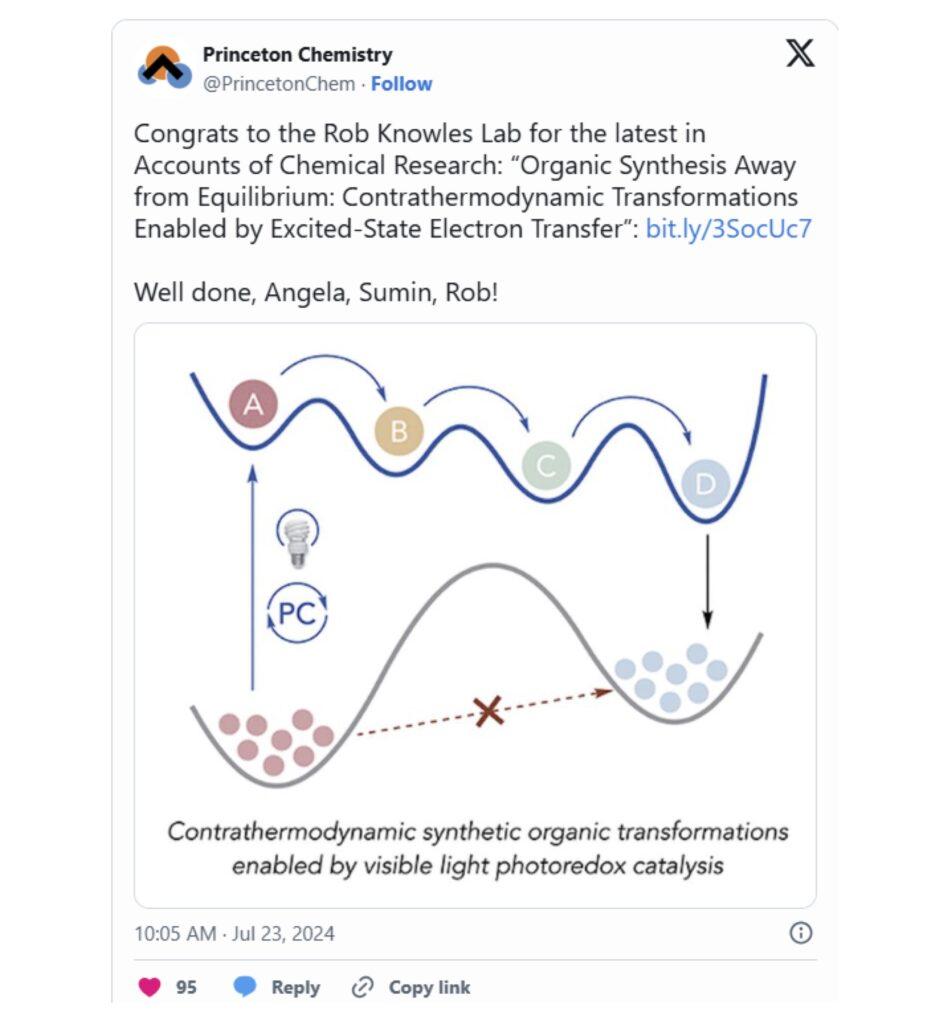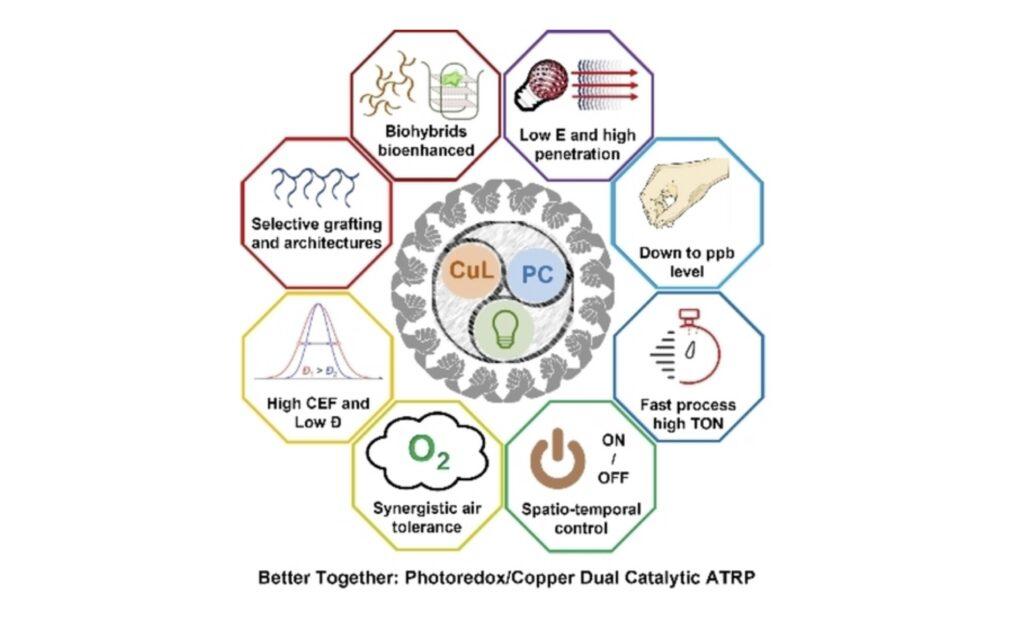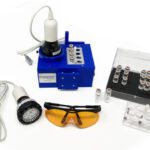24 Papers from 2024
Happy New Year to everyone from HepatoChem™. Every year around this time we like to look back at the past year in photochemistry. Once again, 2024 was a big year for photochemistry and it’s looking like things aren’t slowing down anytime soon. Often, it seems like just about everyone out there is trying to find some new use for LEDs. In 2024 alone, our PhotoRedox™ products were cited more than 100 times, bringing the total to date to over 350+ examples. We’re always grateful to our users and will continue to highlight as much of this work as possible in our blog and newsletters. This year, a few of our favorite blog posts are a “metal-free” metal catalyzed reaction, photocatalytic radiolabeling and pulsed-LED photochemistry. In 2025, expect a big year for our new photoreactor and LEDs for UV chemistry expanding below 365 nm. And as always, we will continue to ship our PhotoRedox Boxes™, LEDs and Lucent360™ photoreactor around the world.
Looking back on the past year (we like to wait until the end of the year for our year-end summary) we want to recognize some of our favorite papers from the past year in photochemistry. We started this little exercise back in 2020 and our previous lists can be found here:
20 papers from 2020
21 papers from 2021
22 papers from 2022
23 papers from 2023
We discussed our criteria previously here, but this is not an attempt to rank the best 24 papers of the year. What papers are included? Just our favorite, or funniest, or most unexpected or thought-provoking papers that we read last year. A few cite a PhotoRedox Box™, TC™ or Lucent360™ products, while others are just our favorite things that we read last year. As always, our lists skews towards papers using photocatalysis for synthesis and if your paper is open access, well that’s a bonus. If your favorite paper isn’t listed then perhaps, we haven’t read it yet, or didn’t like it or simply ran out of space in the list. But we’d like to hear from you so send any comments to info@hepatochem.com or our new Bluesky account at @evoluchem.bsky.social.
Now on to the list:
Paper 1:
Recycling of Post-Consumer Waste Polystyrene Using Commercial Plastic Additives
(Open Access)
Authors: Sewon Oh, Hanning Jiang, Liat H. Kugelmass, and Erin E. Stache*
Ref: ACS Cent. Sci. 2024, ASAP
Link: https://pubs.acs.org/doi/10.1021/acscentsci.4c01317
Comment: Our favorite paper of 2024. What if you could use black plastics which are notoriously difficult to recycle as the catalyst to decompose other plastics? Have you ever wanted to compare the catalytic activities of a flowerpot vs a sushi box? Do you like good videos? Well then this is the paper for you.
Post:
Paper 2:
Radical Polarity
Authors: Jacob J. A. Garwood, Andrew D. Chen, and David A. Nagib*
Ref: J. Am. Chem. Soc. 2024, 146, 28034−28059
Link: https://pubs.acs.org/doi/10.1021/jacs.4c06774
Comment: A phenomenal resource. Simply the calculated and experimentally verified polarity of every photochemically generated radical that you could ever want or need
Paper 3:
Investigating the Effects of Pulsed LED Irradiation in Photoredox Catalysis: A Pilot Study
Authors: Liam K. Burt, Johnathon C. Robertson, Michael C. Breadmore, Timothy U. Connell,* and Alex C. Bissember*
Ref: Organometallics 2024, 43 (24), 3226–3235
Link: https://doi.org/10.1021/acs.organomet.4c00232
Comment: One of our favorites of the year that we discussed in depth in our newsletter and blog here: Should you pulse the LED for reaction?
Post:
Paper 4:
Iterative One-Carbon Homologation of Unmodified Carboxylic Acids
(Open Access)
Authors: Emilie Wheatley, Heorhii Melnychenko, and Mattia Silvi*
Ref: J. Am. Chem. Soc. 2024, 146, 50, 34285–34291
Link: https://pubs.acs.org/doi/10.1021/jacs.4c13630
Comment: A relatively simple photochemical method for adding a single carbon, one at a time, repeat.
Post:
Paper 5:
Metal-free photocatalytic cross-electrophile coupling enables C1 homologation and alkylation of carboxylic acids with aldehydes
(Open Access)
Authors: Stefano Bonciolini, Antonio Pulcinella, Matteo Leone, Debora Schiroli, Adrián Luguera Ruiz, Andrea Sorato, Maryne A.J.Dubois, Ranganath Gopalakrishnan, Geraldine Masson, NicolaDella Ca’, Stefano Protti, Maurizio Fagnoni, Eli Zysman-Colman, Magnus Johansson and Timothy Noël*
Ref: Nature Communications (2024) 15:1509
Link: https://www.nature.com/articles/s41467-024-45804-z
Comment: We could have highlighted any number papers from the Noel group, but we’ll go with this work with late-stage functionalization of peptides on solid support.
Post: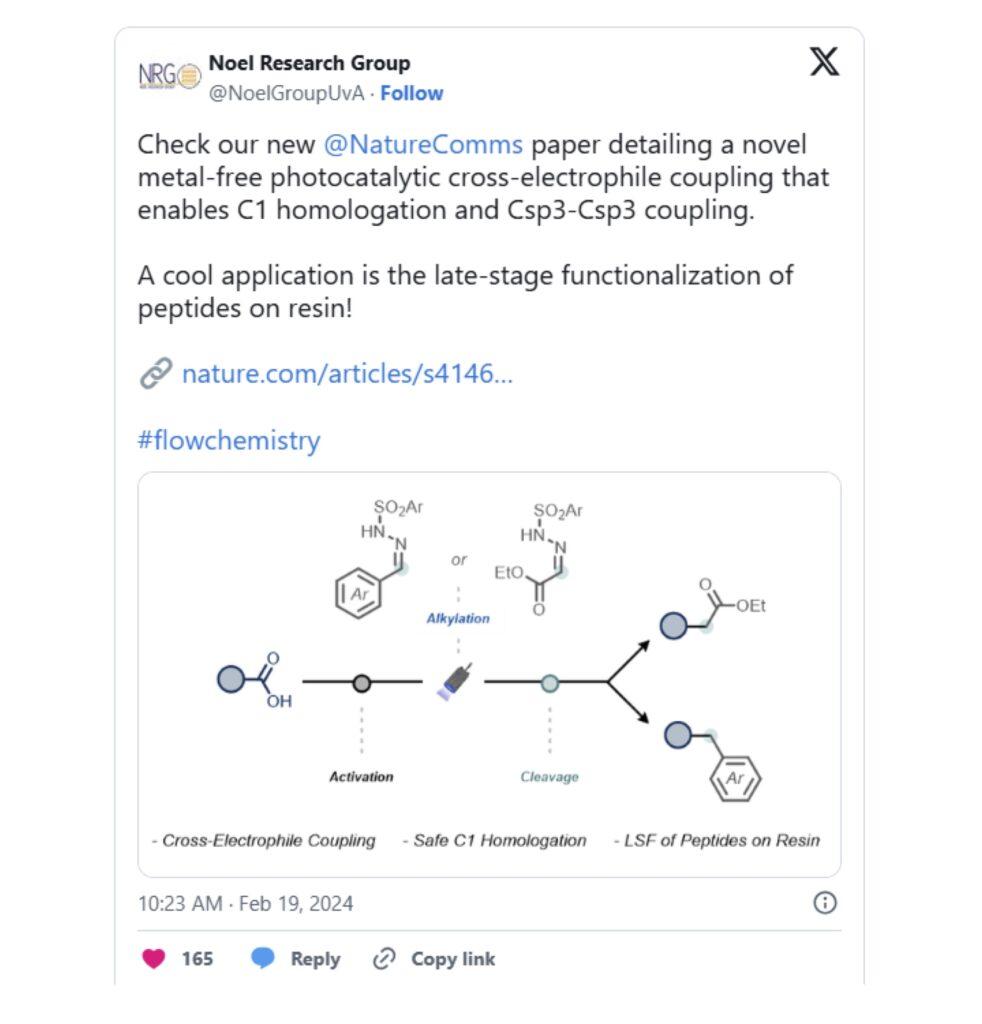
Paper 6:
Mechanistic Investigation, Wavelength-Dependent Reactivity, and Expanded Reactivity of N−Aryl Azacycle Photomediated Ring Contractions
Authors: Sojung F. Kim, Henrik Schwarz, Justin Jurczyk, Bailey R. Nebgen, Hailey Hendricks, Hojoon Park, Andrew Radosevich, Michael W. Zuerch,* Kaid Harper,* Michaelyn C. Lux,* Charles S. Yeung,* and Richmond Sarpong*
Ref: J. Am. Chem. Soc. 2024, 146, 8, 5580–5596
Link: https://pubs.acs.org/doi/10.1021/jacs.3c13982
Comment: A very interesting, in-depth mechanistic look at ring contraction with a little bit of PhotoRedox Box™ as well.
Post: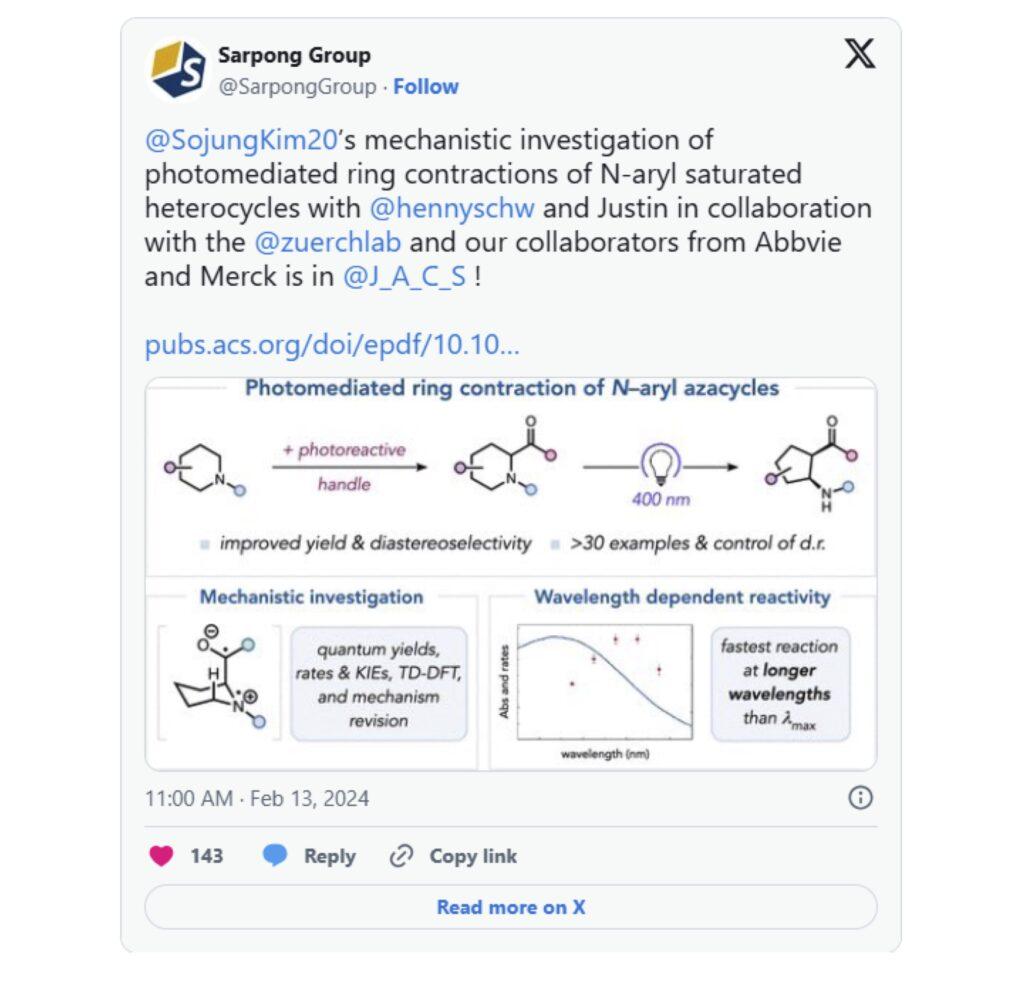
Paper 7:
Cage escape governs photoredox reaction rates and quantum yields
(Open Access)
Authors: Cui Wang, Han Li, Tobias H. Bürgin and Oliver S. Wenger*
Ref: Nature Chemistry volume 16, pages1151–1159 (2024)
Link: https://www.nature.com/articles/s41557-024-01482-4
Comment: Cage escape, quantum yields, radical pairs, a really nice paper for the mechanistic portion of our list.
Post:
Paper 8:
The Photoredox Paradox: Electron and Hole Upconversion as the Hidden Secrets of Photoredox Catalysis
Authors: Igor V. Alabugin,* Paul Eckhardt, Kimberley M. Christopher, and Till Opatz*
Ref: J. Am. Chem. Soc. 2024, 146, 40, 27233–27254
Link: https://pubs.acs.org/doi/10.1021/jacs.4c10422
Comment: This year was strong with mechanistic reviews / perspectives for photochemistry but we particularly enjoyed this work.
Post:
Paper 9:
Factors that Impact Photochemical Cage Escape Yields
Authors: Matthew J. Goodwin, John C. Dickenson, Alexia Ripak, Alexander M. Deetz, Jackson S. McCarthy, Gerald J. Meyer,* and Ludovic Troian-Gautier*
Ref: Chem. Rev. 2024, 124, 11, 7379–7464
Link: https://pubs.acs.org/doi/10.1021/acs.chemrev.3c00930
Comment: And to finish up our mechanistic section, this extensive discussion on photochemical cage escape.
Post:
Paper 10:
Synthesis of N‑Sulfonyl Formamidines by Direct Condensation between Sulfonamide and Formamide Enabled by a Photogenerated Vilsmeier-Type Reagent
Authors: Quentin Chevrier, Théo Pierru, Anthony Craquelin, Perrine Maitrejean, Alexandre Jean,* and Léo Bettoni*
Ref: Journal of Organic Chemistry 2024 89 (20), 15282-15288
Link: https://pubs.acs.org/doi/10.1021/acs.joc.4c02160
Comment: The first of three papers using the Lucent360™ that we want to highlight from the past year. Here is an interesting optimization of a synthetic reaction for synthesis of sulfonyl formamides.
Post:
Paper 11:
Accessing Cyclobutane Polymers: Overcoming Synthetic Challenges via Efficient Continuous Flow [2 + 2] Photopolymerization
Authors: Sara El-Arid, Jason M. Lenihan, Andrew Jacobsen, Aaron B. Beeler,* and Mark W. Grinstaff*
Ref: ACS Macro Lett. 2024, 13, 607−613
Link: https://pubs.acs.org/doi/10.1021/acsmacrolett.4c00083
Comment: And the second with the Lucent360™, an interesting optimization and scale up of some rather unique polymers.
Post:
Paper 12:
Mild Strategy for the Preparation of Alkyl Sulfonyl Fluorides from Alkyl Bromides and Alcohols Using Photoredox Catalysis and Flow Chemistry
Authors: Alejandro Gutiérrez-González, Staffan Karlsson, Daniele Leonori, and Mateusz P. Plesniak*
Ref: Org. Lett. 2024, 26, 18, 3972–3976
Link: https://pubs.acs.org/doi/10.1021/acs.orglett.4c01216
Comment: And finally, this work with our favorite line of the year from the authors, ““Switching to a Lucent 360™ photoreactor was crucial in this project because this reactor allows for fine-tuning of the irradiation wavelength, light intensity, and reaction temperature and provides a higher throughput (24 × 4 mL vials).”
Post:
Paper 13:
Chiral arylsulfinylamides as reagents for visible light-mediated asymmetric alkene aminoarylations
Authors: Cédric Hervieu, Mariia S. Kirillova, Yawen Hu, Sergio Cuesta-Galisteo, Estíbaliz Merino and Cristina Nevado*
Ref: Nature Chemistry volume 16, pages607–614 (2024)
Link: https://www.nature.com/articles/s41557-023-01414-8
Comment: This work by Christina Nevado and coworkers took advantage of the PhotoRedox Box TC™ to run interesting photochemistry at -20C.
Post:
Paper 14:
At the Speed of Light: The Systematic Implementation of Photoredox Cross-Coupling Reactions for Medicinal Chemistry Research
Authors: Nathan J. Gesmundo,* Alexander J. Rago, Jonathon M. Young, Sebastian Keess, and Ying Wang*
Ref: J. Org. Chem. 2024, 89, 22, 16070–16092
Link: https://pubs.acs.org/doi/10.1021/acs.joc.3c02351
Comment: A very informative description of the use of photoredox chemistry in the medical chemistry programs at AbbVie including extensive use of the PhotoRedox Box Duo™ and EvoluChem™ LEDs.
Post:
Paper 15:
Wireless magnetoelectrically powered organic light-emitting diodes
(Open Access)
Authors: Julian F. Butscher, Sabina Hillebrandt, Andreas Mischok, Anna Popczyk, Jonathan H. H. Booth, Malte C. Gather*
Ref: Science Advances, 2024,10, 10, eadm7613
Link: https://www.science.org/doi/10.1126/sciadv.adm7613
Comment: One of the most fun papers of the year. A very interesting look at wireless LEDs and the endless possibilities for what you might be able to do with photons when you don’t need a wire.
Post:
Paper 16:
Unraveling the Prominent Existence of Trace Metals in Photocatalysis: Exploring Iron Impurity Effects
Authors: Yahao Huang, Miao Wang, Wei Liu, Qiang Wu, and Peng Hu*
Ref: J. Org. Chem. 2024, 89, 6, 4156–4164
Link: https://pubs.acs.org/doi/10.1021/acs.joc.4c00155
Comment: We wrote about this paper in our blog earlier this year looking at trace metal effects in supposedly metal free reactions, implications of different impurities and whether or not anything can ever be truly metal free.
Post:
Paper 17:
Photochemical Skeletal Editing of Pyridines to Bicyclic Pyrazolines and Pyrazoles
Authors: Jiajing Luo, Qingyang Zhou, Zhou Xu, K. N. Houk,* and Ke Zheng*
Ref: J. Am. Chem. Soc. 2024, 146, 31, 21389–21400
Link: https://pubs.acs.org/doi/10.1021/jacs.4c03713
Comment: A fascinating look at skeleton editing turning a single pyridine into multiple ring systems.
Post:
Paper 18:
Photoinduced Copper-Catalyzed Enantioselective Allylic C(sp3)-H Oxidation of Acyclic 1-Aryl-2-alkyl Alkenes as Limiting Substrates
(Open Access)
Authors: Xuemeng Chen, Heng-Hui Li, and Søren Kramer*
Ref: Angew. Chem. Int. Ed. 2024, 63, e202413190
Link: https://onlinelibrary.wiley.com/doi/10.1002/anie.202413190
Comment: A new copper-catalyzed method for achieving highly enantioselective C-H oxidation of alkenes.
Post:
Paper 19:
Decarboxylative Cross-Coupling Enabled by Fe and Ni Metallaphotoredox Catalysis
(Open Access)
Authors: Reem Nsouli, Sneha Nayak, Venkadesh Balakrishnan, Jung-Ying Lin, Benjamin K. Chi, Hannah G. Ford, Andrew V. Tran, Ilia A. Guzei, John Bacsa, Nicholas R. Armada, Fedor Zenov, Daniel J. Weix,* and Laura K. G. Ackerman-Biegasiewicz*
Ref: J. Am. Chem. Soc. 2024, 146, 29551−29559
Link: https://pubs.acs.org/doi/10.1021/jacs.4c09621
Comment: A new cross-coupling method that’s uses very low amounts of inexpensive Fe and Ni salts.
Post:
Paper 20:
Photoredox Nucleophilic (Radio)fluorination of Alkoxyamines
Authors: Sebastiano Ortalli, Joseph Ford, Andrés A. Trabanco, Matthew Tredwell, and Véronique Gouverneur*
Ref: J. Am. Chem. Soc. 2024, 146, 17, 11599–11604
Link: https://pubs.acs.org/doi/10.1021/jacs.4c02474
Comment: We wrote about this photochemical method for radiolabeling on our blog earlier this year. A highly efficient method in flow to make hot F labeled compounds.
Post:
Paper 21:
Red-light-mediated copper-catalyzed photoredox catalysis promotes regioselectivity switch in the difunctionalization of alkenes
(Open Access)
Authors: Tong Zhang, Jabor Rabeah and Shoubhik Das*
Ref: Nature Communications (2024) 15:5208
Link: https://doi.org/10.1038/s41467-024-49514-4
Comment: We read a bit about red light chemistry this year and this is one of our favorites.
Post:
Paper 22:
In Situ UV−Vis−NIR Absorption Spectroscopy and Catalysis
Authors: Max L. Bols, Jing Ma, Fatima Rammal, Dieter Plessers, Xuejiao Wu, Sara Navarro-Jaén, Alexander J. Heyer, Bert F. Sels,* Edward I. Solomon,* and Robert A. Schoonheydt*
Ref: Chem. Rev. 2024, 124, 5, 2352–2418
Link: https://pubs.acs.org/doi/10.1021/acs.chemrev.3c00602
Comment: And we’ll close with 3 reviews. The first is a look at spectroscopy techniques involved in catalysis. A must read for everyone looking for better ways to monitor and understand their reactions.
Paper 23:
Organic Synthesis Away from Equilibrium: Contrathermodynamic Transformations Enabled by Excited-State Electron Transfer
Authors: Angela Lin, Sumin Lee, and Robert R. Knowles*
Ref: Acc. Chem. Res. 2024, 57, 13, 1827–1838
Link: https://pubs.acs.org/doi/10.1021/acs.accounts.4c00227
Comment: The second is this review from the Knowles lab looking at using photoredox chemistry to perform thermodynamically unfavorable reactions.
Post:
Paper 24:
Better Together: Photoredox/Copper Dual Catalysis in Atom Transfer Radical Polymerization
(Open Access)
Authors: Julian Sobieski, Adam Gorczyński,* Arman Moini Jazani, Gorkem Yilmaz, and Krzysztof Matyjaszewski*
Ref: Angew. Chem. Int. Ed. 2024, e202415785
Link: https://onlinelibrary.wiley.com/doi/full/10.1002/anie.202415785
Comment: And finally, this review looking at photoredox methods using copper for polymerization reactions.
Post:

